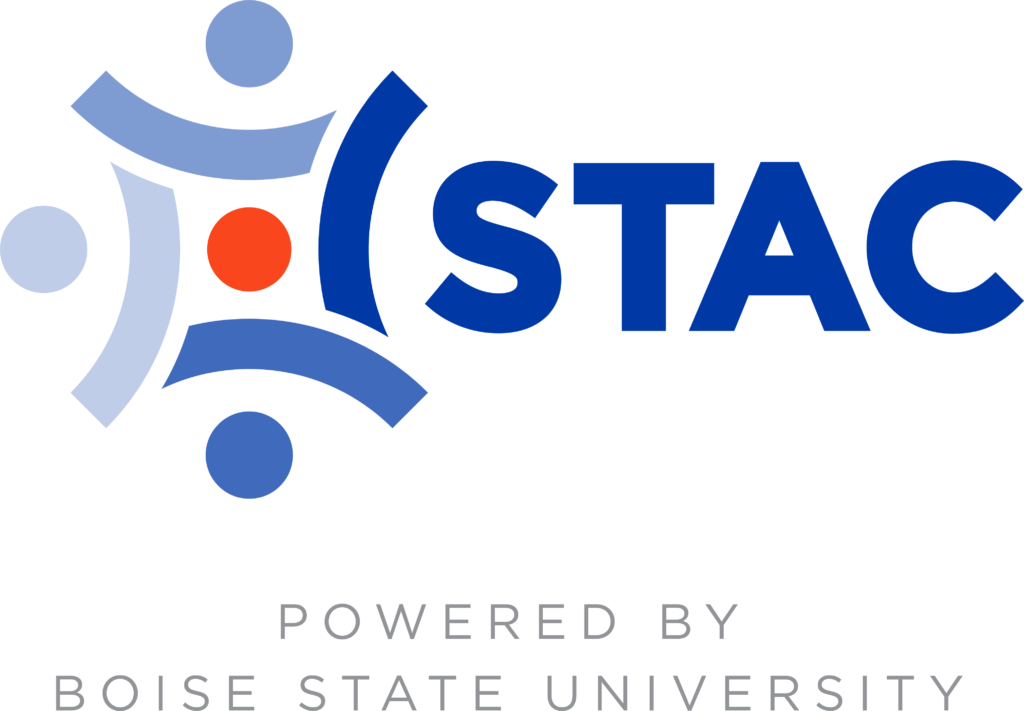
Teacher Module
Evaluation of the STAC
Teacher Module
Bullying is a significant problem for youth and is associated with a wide range of negative consequences. Educating teachers about bullying and training them to support students to intervene as “defenders” may increase the efficacy of bullying bystander programs. This is particularly important in middle school when bullying peaks and rates of reporting bullying to teachers begin to decline.
This study, published in JMIR Formative Research, used a mixed-methods design to inform the development of a Teacher Module as a companion training to a brief bullying prevention program for middle schools, called STAC. The STAC bystander intervention is a 75-minute training that includes didactic and experiential components. It teaches middle school students to act as “defenders” on behalf of targets of bullying through utilizing four intervention strategies:
STAC Bullying Bystander Strategies
(1) “Stealing the Show” – using humor or distraction to interrupt a bullying situation and remove the attention away from the target;
(2) “Turning it Over” – identifying a trusted adult at school, reporting, and asking for help during a bullying incident;
(3) “Accompanying Others” – befriending and/or providing support to a peer who was a target of bullying; and
(4) “Coaching Compassion” – gently confronting the perpetrator and increasing empathy for the target.
Providing students who witness bullying with intervention strategies to act as “defenders” can reduce both bullying and negative associated outcomes for both targets and bystanders.
For the development of the companion STAC Teacher Module, 18 teachers were recruited from one middle school in a rural, low-income community. Before and after the training, teachers completed surveys assessing immediate outcomes (such as knowledge, confidence, comfort, and self-efficacy), intention to use the program strategies, and program acceptability and relevance. After the final survey, a subset of six teachers participated in a qualitative focus group to obtain feedback regarding program appropriateness, feasibility, content, perception of need, and potential desire for an online version of the teacher training.
Study measures, procedures, analyses, and results are detailed in the JMIR Formative Research paper. Descriptive statistics, independent sample t-tests, and thematic analysis were used to analyze the data. In summary, the researchers found an increase in teacher knowledge and confidence to support “defenders,” confidence and comfort in managing bullying, and bullying self-efficacy. Most teachers reported they were likely or very likely to use the STAC strategies to support students who intervene in bullying in the future. Both quantitative and qualitative data showed the teacher training was easy to use, useful, relevant, and appropriate. Qualitative data provided feedback on program improvement. Teachers shared positive feedback on program feasibility and implementation, and described strengths of an online version of the module. This study demonstrates the effectiveness of the STAC Teacher Module in increasing teacher knowledge and bullying self-efficacy and provides support for the development of an online version of the module for teachers.
This research was supported by a grant to Boise State University from the Mental Research Institute (Dr. Aida Midgett, Principal Investigator). Co-authors include Dr. Diana Doumas from Boise State University and Ms. Mary Buller from Klein Buendel.
